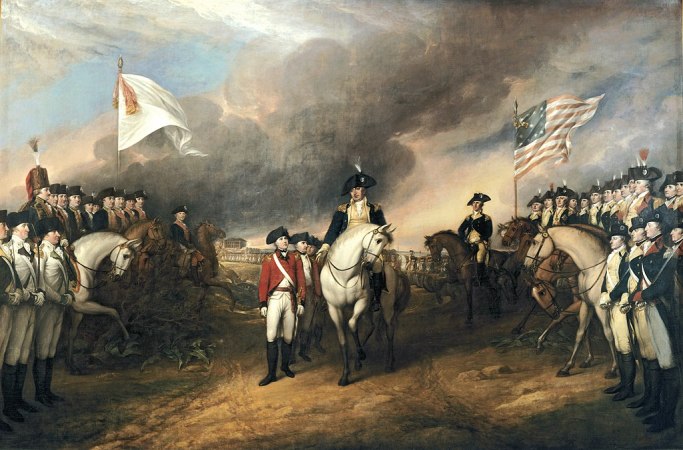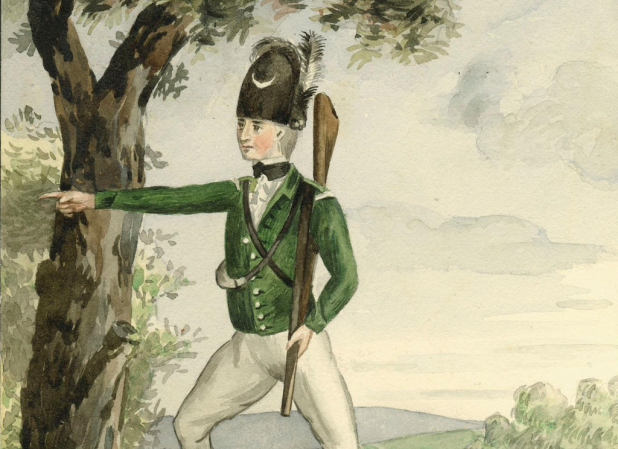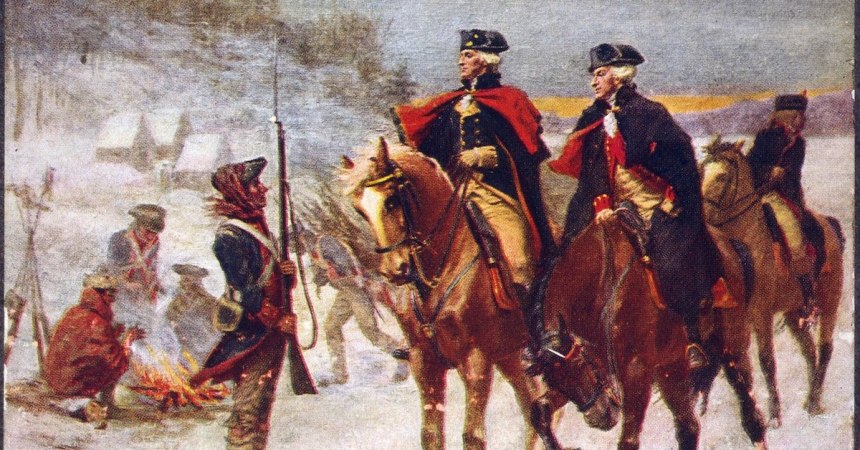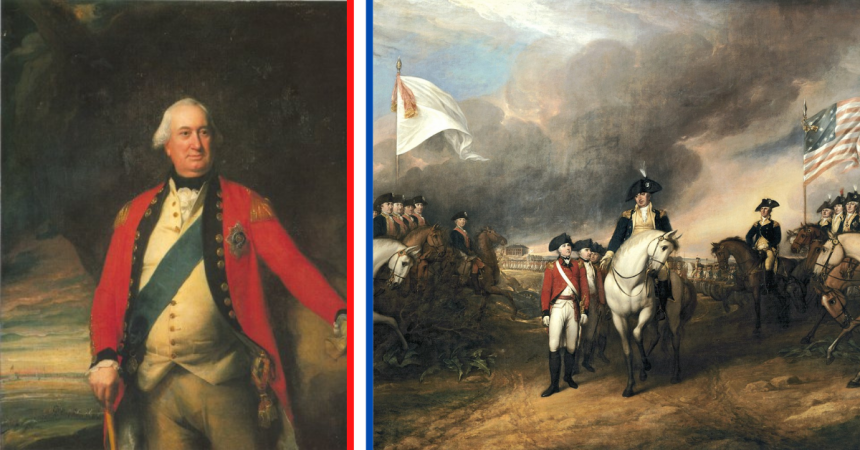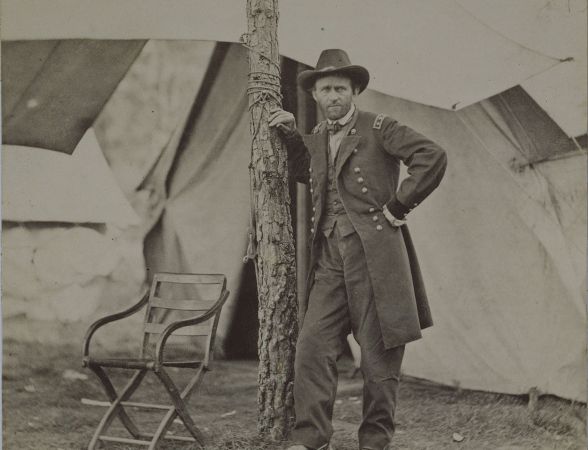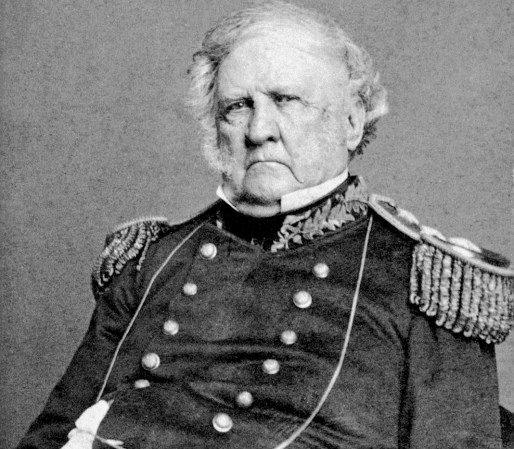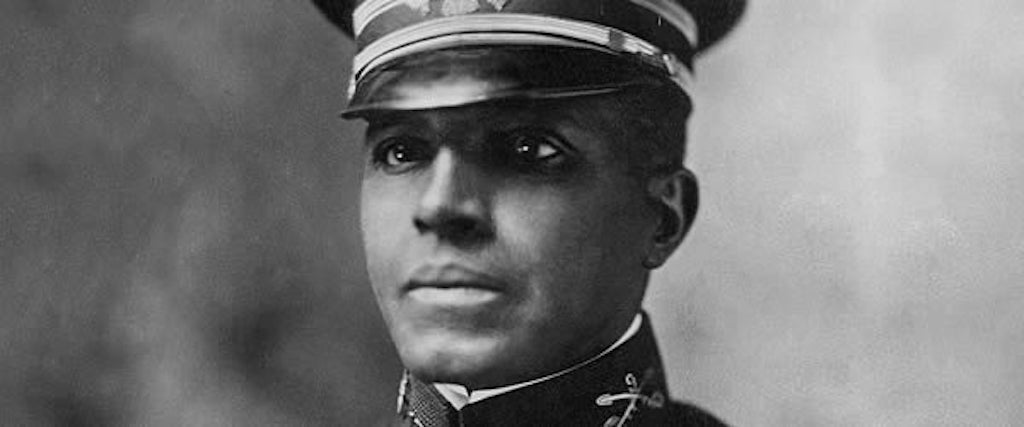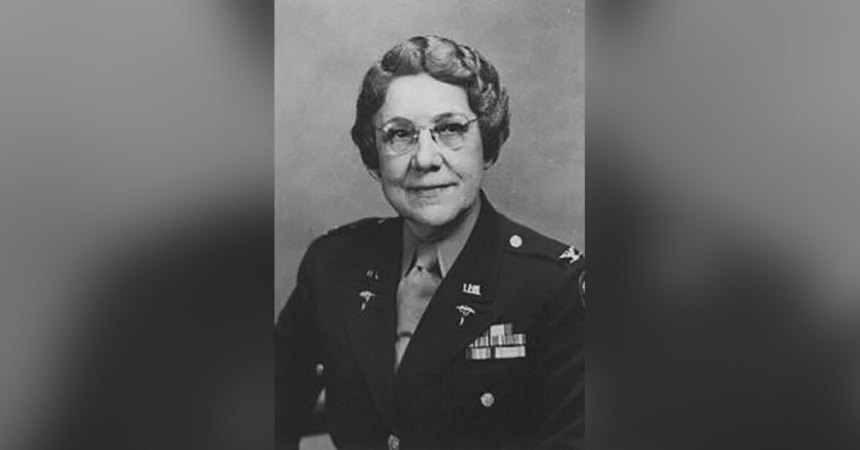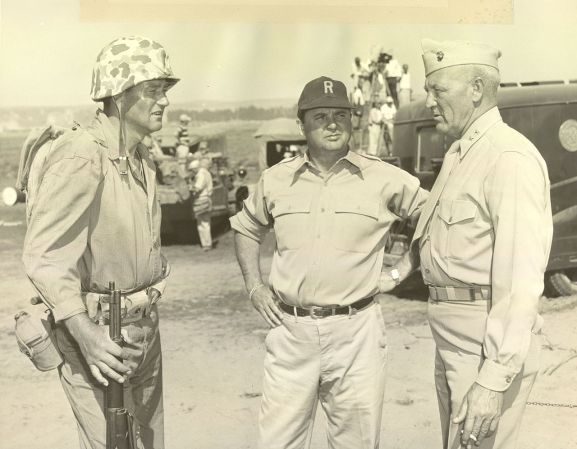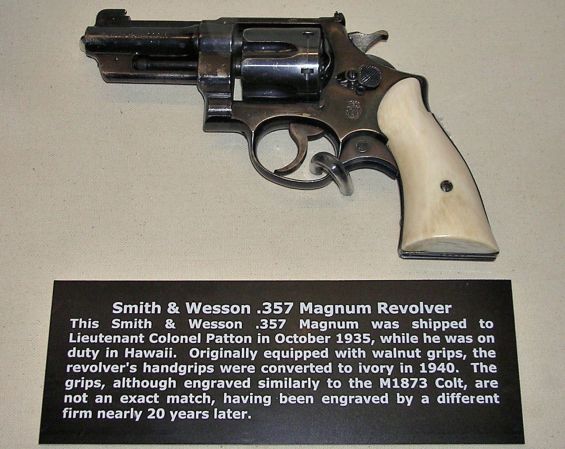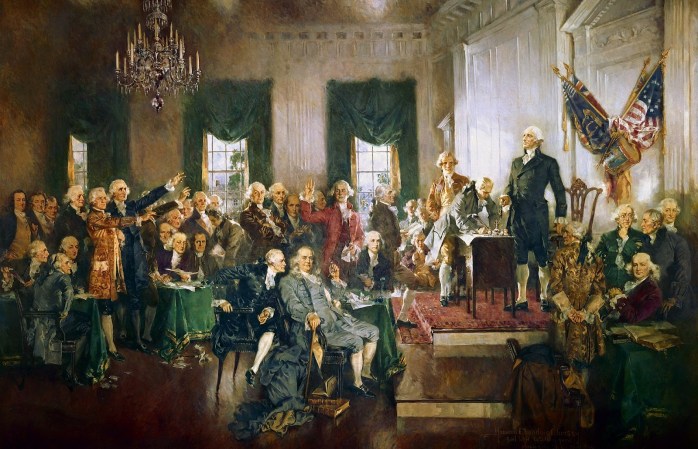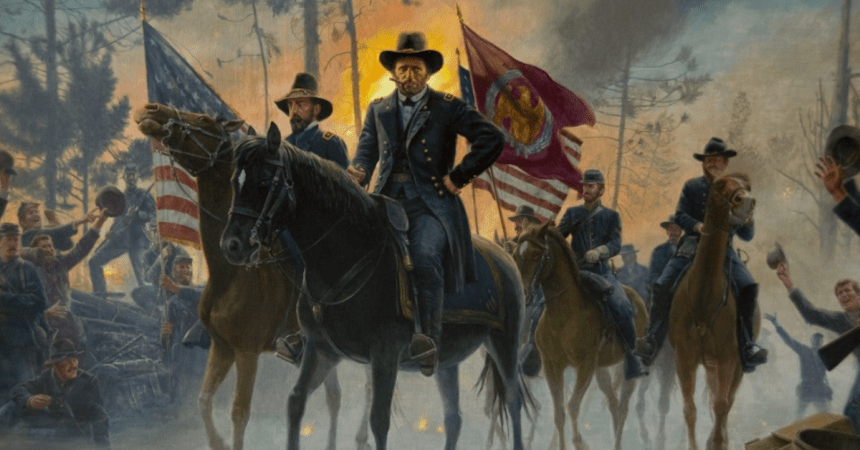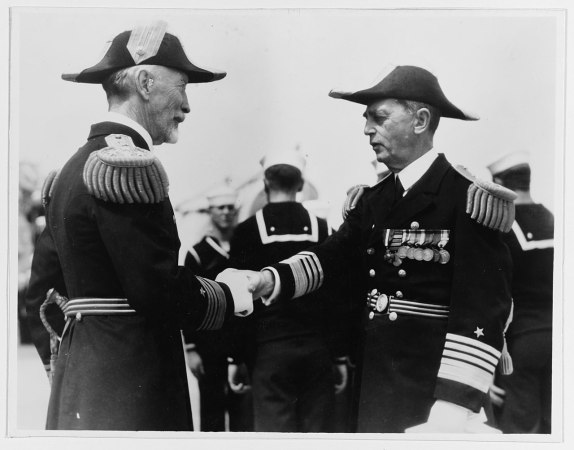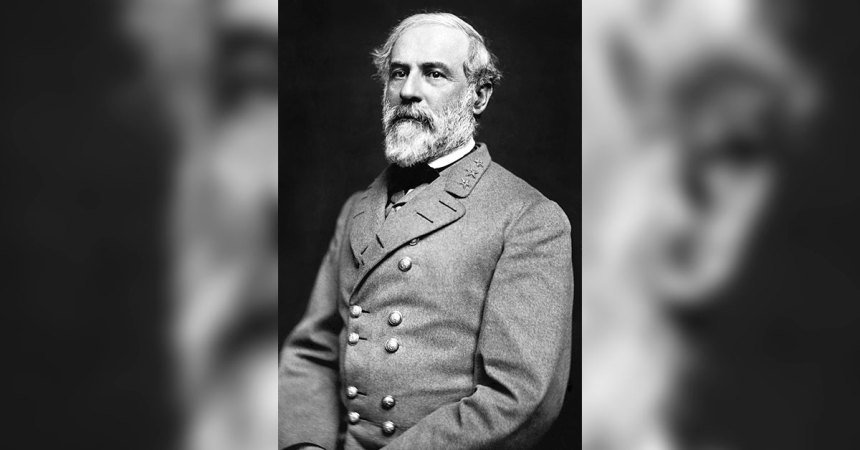General of the Armies is a rank so high up in the strata of power that only two people in the history of the United States have ever attained it. Keep in mind: This is not General of the Army, it’s plural — all the Armies. Today, it is the equivalent of a six-star general with autonomous authority equal to the Admiral of the Navy, but senior to General of the Army, General of the Air Force, and Fleet Admiral.
How did one attain this an honor and the right to exercise complete control over our Armed Forces? Historically, you either win the War to End All Wars like John Pershing or be George Washington.

John J. Pershing graduated West Point in 1886 and was assigned to the 6th Cavalry. In 1890, he went on campaign against the Ghost Dance movement in the Dakota Territory before becoming an instructor of military science at the University of Nebraska, Lincoln, a year later. He earned a law degree while teaching there in 1893 and became a tactics instructor at West Point in 1897.

Here is a quick timeline of his military career:
- 1898 — Pershing returned to service in the Spanish-American War in Cuba as an ordinance officer.
- 1899 (June) — Pershing was promoted to adjutant general in charge of the Bureau of Insular Affairs.
- 1899 (November) — Pershing deployed to the Philippines in command of the department of Mindanao.
- 1901 — Pershing campaigned against the Moros for two years.
- 1905 — Pershing deployed to Japan as a military attache to the U.S. Embassy.
- 1906 — Pershing is promoted from captain to brigadier general and returns to the Philippines as the governor of the Moro Province.
- 1917 — Pershing becomes the commander of the U.S.-Mexican Border.
- 1917 (April) — U.S. declares war on Germany.
- 1917 (June) — Pershing is sent to France to gather a ‘General Organization Report’ used to create an Army of one million by 1918 and three million by 1919. US Army strength is 84,000 at the time.
- 1918 — Pershing concentrates an army almost entirely independent of the allies on the Western Front.

The allies strongly advised that the U.S. troops replenish their failing armies instead of marshaling our own in WWI. Allowing this to come to pass meant Americans would be used as cannon fodder during enemy attacks. Pershing strongly defended the idea of keeping the U.S. Army whole, regardless of the desperation of our European allies. The U.S. War Council gave into allied pressure and recommended the amalgamation of U.S. troops into other armies.
Pershing ignored the recommendation. He refused to sacrifice American lives and left the allies to suck it up. It was akin, as he put it, to…
“Pouring new wine into old bottles.” – John J. Pershing

In 1919, recognizing his achievements and victory after World War I, Pershing became the first person to be promoted to General of the Armies. His insignia became four gold stars but, because of bureaucracy, they were not recognized as an official rank for years. He held this rank for the rest of his career. According to the U.S. Army Center of Military History,
“Pershing then retired from the United States Army on September 13, 1924, and retained his rank on the U.S. Army retirement rolls until his death in 1948.”
Years later, in 1976, Congress decided that it was inappropriate that General George Washington was outranked by four- and five-star generals in the nation’s history. Washington retired as a lieutenant ‘three-star’ general and was subsequently out ranked officers of the Civil War, WWI, and WWII, including General Pershing. Something had to be done. America could not allow George Washington to be out ranked — that’s borderline blasphemy — so they did something about it.
On March 13, 1978, Lieutenant General Washington was promoted to General of the Armies, effective July 4th, 1976.
Here’s the text of his posthumous, legislative promotion:
“Whereas Lieutenant General George Washington of Virginia commanded our armies throughout and to the successful termination of our Revolutionary War; Whereas Lieutenant General George Washington presided over the convention that formulated our Constitution; Whereas Lieutenant General George Washington twice served as President of the United States of America; and Whereas it is considered fitting and proper that no officer of the United States Army should outrank Lieutenant General George Washington on the Army list; Now, therefore, be it Resolved by the Senate and House of Representatives of the United States of America in Congress assembled, That(a) for purposes of subsection (b) of this section only, the grade of General of the Armies of the United States is established, such grade to have rank and precedence over all other grades of the Army, past or present.(b) The President is authorized and requested to appoint George Washington posthumously to the grade of General of the Armies of the United States, such appointment to take effect on July 4, 1976.”




